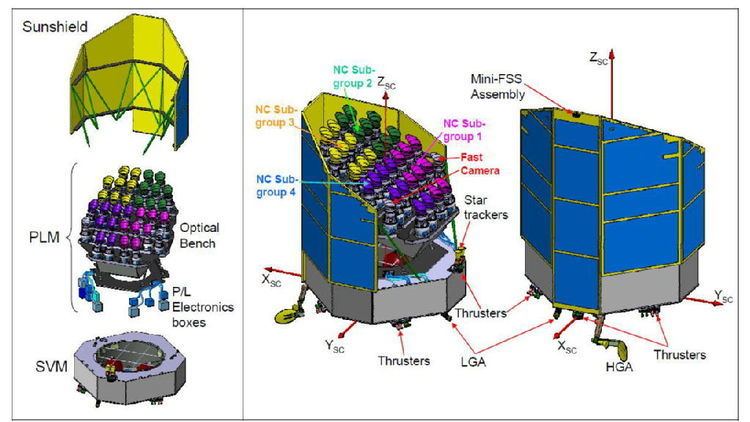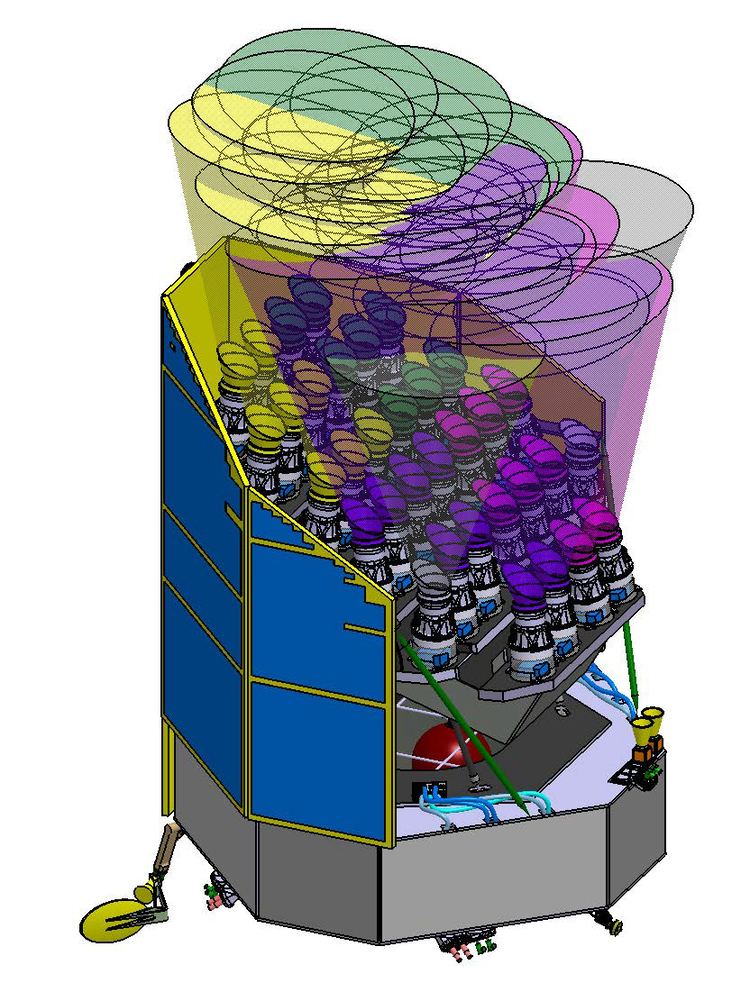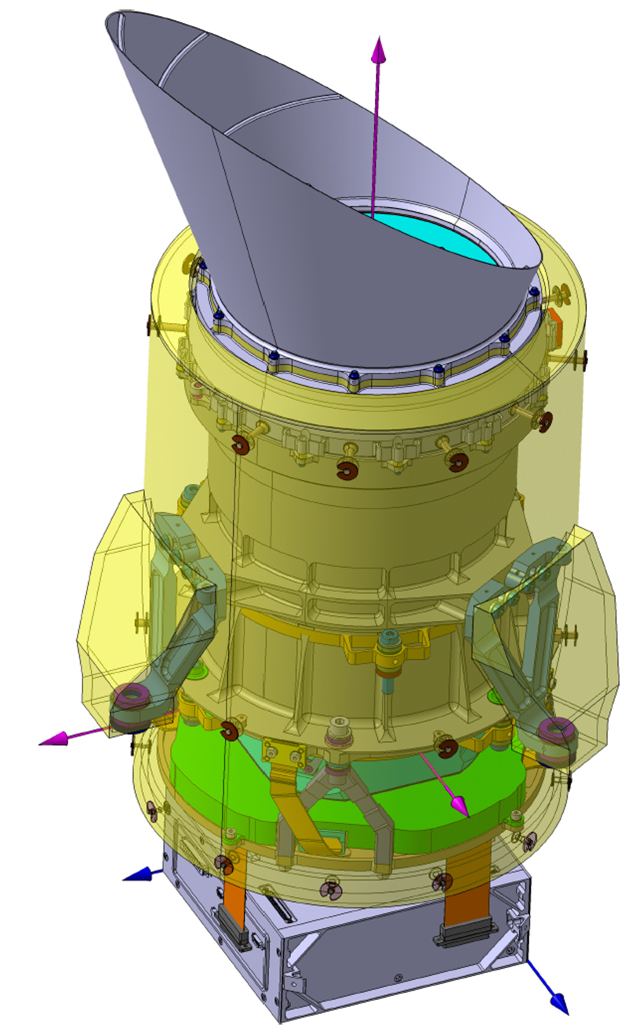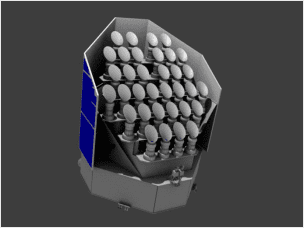Mission type Space observatory Mission duration 6 years Launch date Planned for 2024 Rocket Soyuz-2 | Website sci.esa.int/plato/ Manufacturer To be decided in 2016 Launch site Kourou ELS | |
 | ||
Similar CHEOPS, Euclid, Transiting Exoplanet Survey S, Advanced Telescope for High E, Solar Orbiter | ||
Planetary Transits and Oscillations of stars (PLATO) is a space observatory under development by the European Space Agency for launch in 2024. The mission goals are to search for planetary transits of up to one million stars, to discover and characterize rocky extrasolar planets around red dwarf stars, yellow dwarf like our sun, and subgiant stars. The emphasis of the mission is on earth like planets in the habitable zone around sun-like stars where water can exist in liquid state. It is the third medium-class mission in ESA's Cosmic Vision programme and named after the influential Greek philosopher Plato the founding figure of Western philosophy, science and mathematics. A secondary objective of the mission is to study stellar oscillations or seismic activity in stars to measure stellar masses and evolution and enabling the precise characterization of the planet host star, including its age.
Contents

History

PLATO was first proposed in 2007 to the European Space Agency (ESA) by a team of scientists in response to the call for ESA's Cosmic Vision 2015–2025 programme. The assessment phase was completed during 2009, and in May 2010 it entered the Definition Phase. Following a call for missions in July 2010, ESA selected in February 2011 four candidates for a medium-class mission (M3 mission) for a launch opportunity in 2024. PLATO was announced on 19 February 2014 as the selected M3 class science mission for implementation as part of its Cosmic Vision Programme. Other competing concepts that were studied included the four candidate missions EChO, LOFT, MarcoPolo-R and STE-QUEST.

The design of the Telescope Optical Units is by an international team from Italy, Switzerland and Sweden and coordinated by Roberto Ragazzoni at INAF (Istituto Nazionale di Astrofisica) Osservatorio Astronomico di Padova. The design and development is funded by Italian Space Agency, Swiss Space Office and the Swedish National Space Board.

In January 2015 Thales Alenia Space was selected to conduct one out of three phase B1 studies for PLATO, defining the system, subsystem and payload aspects of the observatory.

PLATO is an acronym, but also the name of a philosopher in Classical Greece; Plato (428–348 BC) was looking for a physical law accounting for the orbit of planets (errant stars) and able to satisfy the philosopher's needs for "uniformity" and "regularity".
Objective

The goal is to find planets like Earth, not just in terms of their size but in their potential for habitability. By using 34 separate small telescopes and cameras, PLATO will search for planets around up to one million stars. The main objective of PLATO is to elucidate the conditions for planet formation and the emergence of life. To achieve this objective, the mission has these goals:

Optics

The PLATO payload is based on a multi-telescope approach, involving a set of 32 "normal cameras" working at a readout cadence of 25 sec and monitoring stars fainter than mV = 8 (apparent visual magnitude), plus two "fast cameras" working at a cadence of 2.5 sec, and observing stars in the magnitude range 4 to 8. The cameras are based on a fully dioptric telescope including 6 lenses; each camera has an 1100 deg2 field, and a pupil diameter of 120 mm. Each camera is equipped with its own CCD focal plane array, consisting of 4 CCDs with 4510 x 4510 pixels.
The 32 'normal cameras' will be arranged in four groups of 8 cameras with their lines of sight offset by a 9.2° angle from the +ZPLM axis. This particular configuration allows surveying a total field of about 2250 deg2 per pointing. The satellite will be rotated around the mean line of sight by 90° every 3 months, for a continuous survey of exactly the same region of the sky.
PLATO will differ from COROT and Kepler space telescopes in that it will study relatively bright stars (between magnitudes 4 and 10), making it easier to confirm extrasolar planets and measure their masses using follow-up radial velocity measurements on ground-based telescope. It will have a much larger field of view than the Kepler mission (which has 100 deg2) allowing PLATO both to observe far brighter stellar bodies in searching for planetary targets, as well as studying a much larger sample of candidate stars to begin with.
Launch
The satellite is planned to launch in 2024 from Guiana Space Centre with a Soyuz rocket to the Earth-Sun L2 Lagrangian point.
